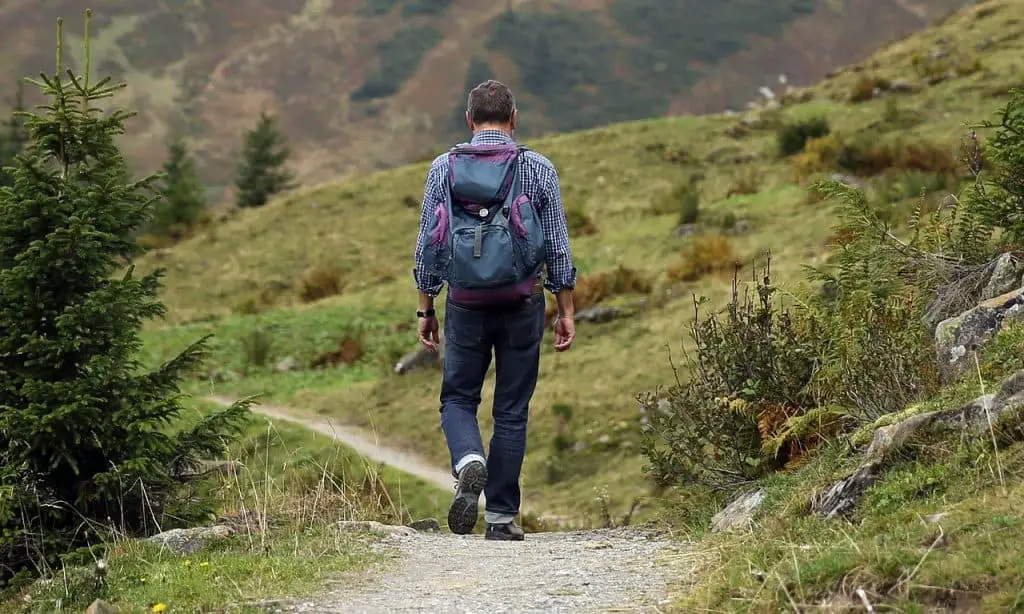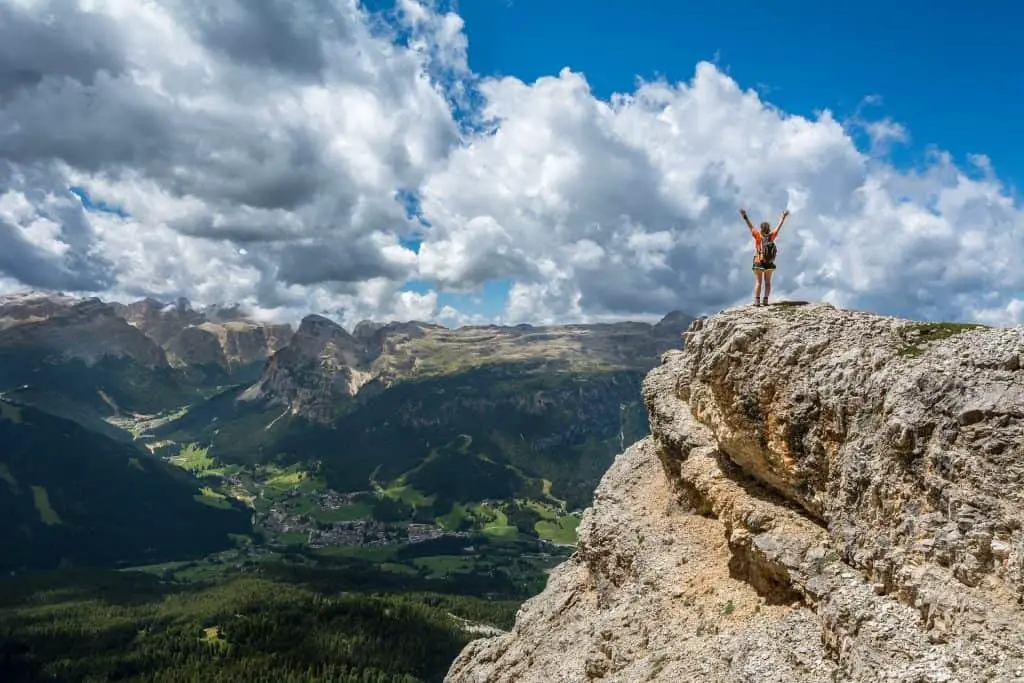Hiking is a relaxing, fun way to experience the outdoors. A hiking journey not only guarantees a number of health benefits, including stress reduction and heart health, but also allows you to leave your worries about work, time, and other stressors far behind and immerse yourself in a new world full of fantasy!
Should you wear two pairs of socks for hiking?
Wearing two pairs of socks is great for hiking as it reduces the chance of blisters, increased comfort, and adds extra protection and padding for your feet. It’s common for hikers to wear a thin liner sock inside of a thicker sock when doubling up on a pair.
However, to have a successful hiking experience, you must equip yourself with the right tools so that you can feel great and comfortable all day. Now that we know some people do wear double socks for hiking, let’s explore why using multiple pairs can be useful!
Prevention of Blisters
Also known as a vesicle, a blister is a raised portion of your skin that is filled with fluid. Blisters are usually painful, annoying, and also cause a huge amount of discomfort. When it comes to preventing blisters during a hike, most often, shoes get the most attention. But if you lack the right socks, the chances are always high you’ll get blisters.
One common question among hikers and runners is, does wearing two pairs of socks prevent blisters?
Wearing two pairs of socks helps to prevent blisters by reducing friction and moisture. Having another pair of socks add extra padding and cushioning that stops excess rubbing between your feet and the boots. The inner sock is great at keeping sweat and moisture out and keeping your feet dry blister-free.
Along with friction, the two other factors that can cause blisters are heat and moisture. With double-layered socks, you’ll be better set to handle the two biggest causes; moisture and friction. Wearing two socks means that instead of the one sock rubbing against your foot, the two socks only rub against each other, preventing friction on your feet.
What’s more, the inner sock absorbs moisture from your foot, making your skin less prone to damage. On the other hand, the outer-layer sock offers optimal cushioning and also absorbs moisture.
Extra Layer of Protection
Hiking also means you’ll be bound to share your environment with little buggers, especially ticks and mosquitoes. Wearing two quality socks helps create a somewhat thicker barrier that creepy creatures such as a leech won’t manage to pass through.
Besides keeping your feet free from bugs, there’s the added bonus of increased padding to help cushion any impact while moving around. And, if your hiking boots happen to be slightly too big, the second pair of socks can help fill the extra space.
Improved Warmth
Another compelling reason why you should wear a pair of socks is for improved warmth. If you are going to hike in an extremely cold environment, you must take the necessary steps to ensure you don’t get cold throughout the hike, and wearing two socks can go a long way!
There is no doubt that fairly thick socks are better insulators, and when you wear a pair of socks, you create two barriers against heat loss instead of one. You’ll also notice having multiple layers will keep moisture out which is important for keeping dry feet.
Increased Comfort Levels
Whether you’re putting on the best hiking boots or shoes, there’s a good chance your feet will get sore when hiking! However, with a pair of socks at your disposal, you can prevent unwanted pains and increase your comfort.
Every little bit of padding is important on a long hike. The extra sock adds an additional layer between your skin and hiking boots, which not only boosts your comfort levels but equally enhances the fit of improperly sized boots!
Conclusion – Double Layer Socks for Hiking
Doubling up on socks is a good way to protect your feet and increase your comfort while hiking! However, it is also worth noting that you can’t just grab any type of socks and layer them and hope to enjoy any of the above benefits. You not only need to layer the right socks but should also wear them properly.
In this regard, the inner layer should be light enough to fit snugly. They shouldn’t be too tight though and are usually sock liners made from either wool, silk, polyester, or nylon. The second outer layer can be whatever you would normally wear, from wool to cotton socks.



